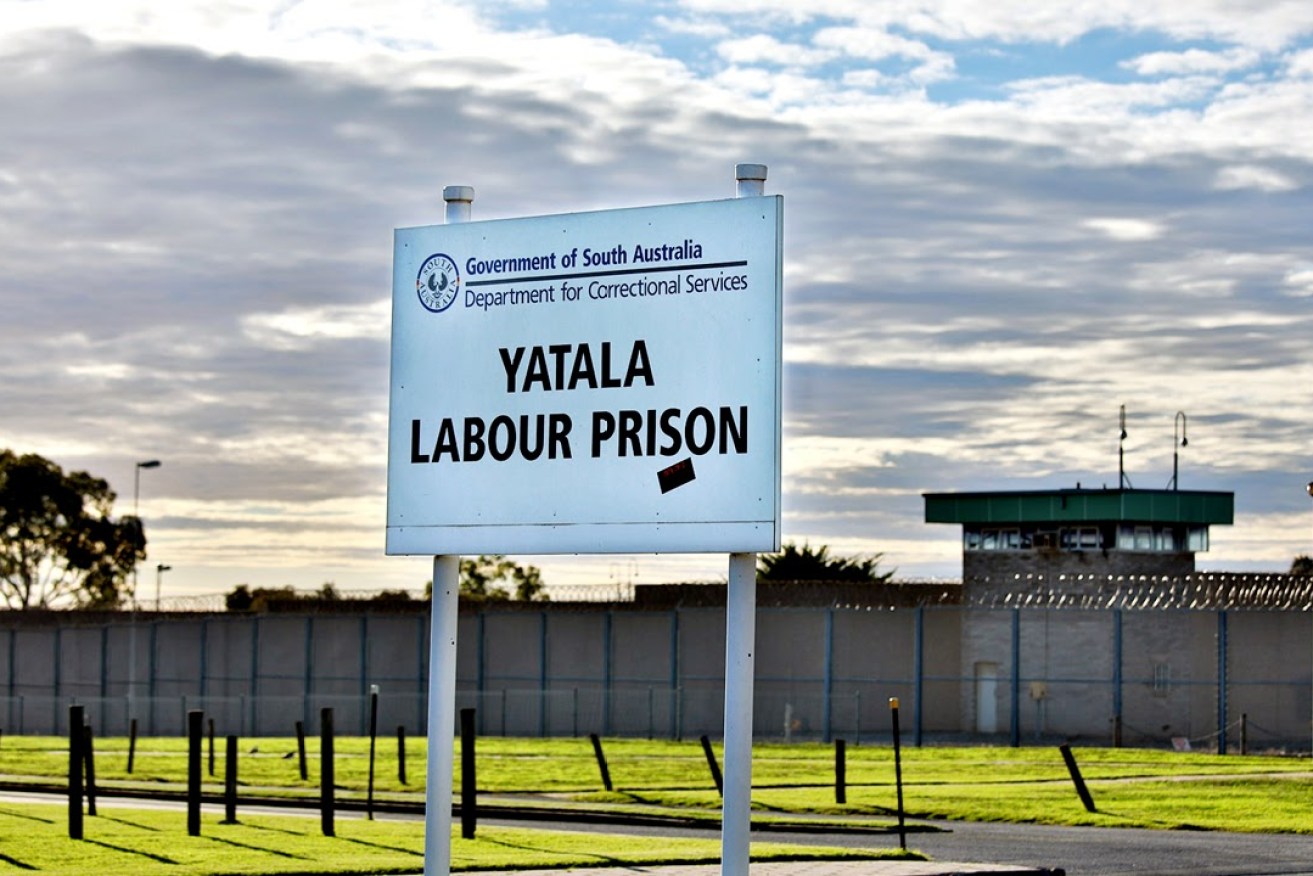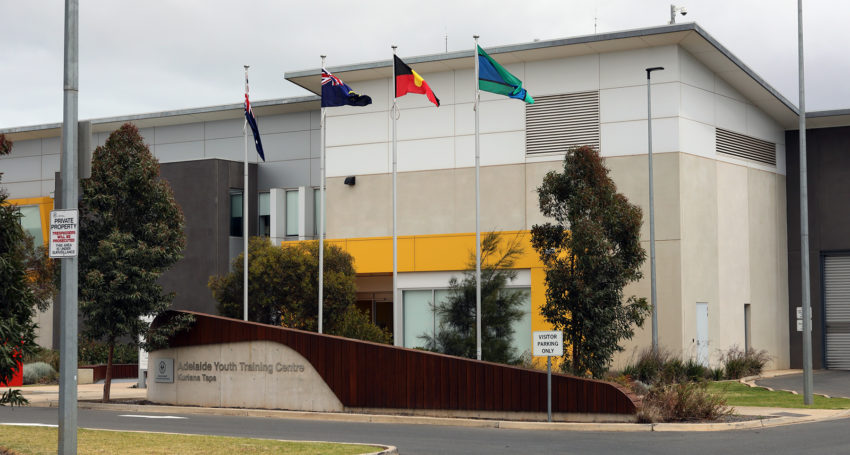We’re spending millions on creating more criminals
Adelaide is paying a high price for its “streets of fear” rhetoric – in dollars and human lives.


Adelaide's medium to high-security prison at Yatala. Photo: Tony Lewis/InDaily
“True crime” sells.
Whether it’s a long-form podcast or a racy tabloid news story stacked with prurient detail, crime is reliably popular “content”, despite the human tragedy at its heart.
Politicians understand the power of the narrative of fear.
Depending on their perspective – in government, or out – they either seek to convince the community they are “tough on crime” or they stoke fear about it.
Being “tough on crime” usually amounts to something like tinkering with sentences or adding some fine detail to offences already on the books.
For politicians, this approach is easy work, some simple paperwork.
Even if it does absolutely nothing to reduce crime, the politician can tick the populist box and move on.
In Adelaide – one of the safest places in the world – our politicians have been working the “streets of fear” for years and the community is paying for it, in hard dollars and wasted lives.
The current government, like its predecessors, loves a crime crackdown but there’s no evidence that it does much more than give them a headline and kudos on talk radio.
Premier Peter Malinauskas, as Matthew Abraham noted in this column offering a different perspective, was once Corrections minister, in which he favoured an “evidence-based” approach to prisons.
We haven’t heard much of that from the Premier lately, who has returned to the standard law and order script.
Presumably, he knows the real work of reducing crime is much more complex than hiring more police officers and cranking up prison sentences, and yet the budget continues to underinvest in rehabilitation and prevention.
South Australia’s incarceration rates over the past decade have soared as we’ve trudged a relentless path to “tougher” sentences – mandatory minimums and, more recently, indefinite detention.
There has been a recent uptick in the crime rate for some categories of offence, not unusual in times of financial stress, and yet Adelaide remains one of the safest cities in Australia.
We haven’t experienced a 21st-century crime wave – we’ve gone through a frenzy of jailing.
A bipartisan lobby group – the Justice Reform Initiative – has been pushing for an evidence-based approach to incarceration.
Its most recent report found that while we have some excellent programs to reduce repeat offending, our incarceration rates – and therefore the amount we need to spend on prisons – are soaring.
They point out that the crude rate of adult incarceration in South Australia is 212 per 100,000.
This rate has increased by 32 per cent over the last decade – the second highest growth in imprisonment rates in Australia, behind only Queensland (which, like South Australia, is in the grips of an alleged “youth crime crisis”).
The average number of people incarcerated in South Australia’s adult prisons has increased by 47 per cent over the last decade, also second only to Queensland in terms of growth.
We jail Aboriginal and Torres Strait Islander people at a shockingly high rate – 24 per cent of people imprisoned are Aboriginal.
In youth detention, the statistics reflect an outright tragedy: 51 per cent of inmates are Aboriginal.
The Justice Reform Initiative describes this, fairly, in my view, as a “stark failing of the South Australian community”. Only 2.4 per cent of the South Australian population are Aboriginal or Torres Strait Islander.

Kurlana Tapa youth detention centre at Cavan. Photo: Tony Lewis/InDaily
Our justice system moves at a snail’s pace, with successive governments refusing to make the substantial investments needed in our courts in line with their penchant for cranking up sentences and inventing new categories of crime.
One result of that dynamic is a huge increase in people on remand – in fact, the increase in imprisonment rates in South Australia has been driven by this.
Forty-five per cent of adults in prison in South Australia are on remand – the highest proportion in Australia.
While we’ve had some success in reducing the rate of recidivism, at least in recent years, we’re still pouring people into the jail system – a place that is well known to generate more criminal behaviour.
Our prisons are filled with people cycling through on relatively short sentences. They commonly have drug and alcohol problems, which have impacts on health, including mental health.
It’s very likely a high proportion of our youth detainees have chronic health problems, such as foetal alcohol syndrome.
As a community, this is not news.
Peggy Hora, a Thinker in Residence more than a decade ago, wrote a report for the South Australian Government about developing a smarter justice system to make the community safer.
“Substance abuse fuels most offending the community,” she said while noting we had the highest rates of marijuana and methamphetamine use in Australia.
Not much has changed in that regard.
The Australian Institute of Health and Welfare reports that, nationally, “people entering prison were more than four times as likely to report illicit drug use in the preceding 12 months as people in the general community (73% and 17%, respectively)”.
While the justice system has been working to attempt to deal with this problem – treatment intervention courts and other diversionary schemes – the overall political approach is punitive, meaning our investment is focused on punishment rather than prevention.
It was telling to see last year’s political and community pushback against an alcohol and drug rehabilitation centre in Glenelg – exactly the sort of therapeutic centre needed to make our community healthier and better.
We underfund programs that could help and over-invest in a system proven to create more crime.
It’s obvious some offenders need to be incarcerated to protect the community and sentencing should consider the impact on victims, but, as Peggy Hora pointed out, it’s wrong to assume that jailing people will keep us safe.
“Incarceration temporarily contains the problem but it does not act as a general deterrent, and it does not guarantee that offenders leave prison in better shape than when they entered,” she said.
The most effective way to reduce crime and break this cycle of incarceration is to address the root causes of crime.
The Justice Reform Initiative wants the State Government to divert funds for new prisons to a “Breaking the Cycle fund” to support “evidence-based, community-led programs”.
It reckons $300 million over four years would work.
If you think that sounds like a lot, consider this: in South Australia, we spend well over $300 million a year on our prison system, and it’s increasing all the time. We spend more than $30 million annually on imprisoning children.
That’s more than $80,000 a year for each adult in prison, or more than $3000 a day for each child.
Imagine if we invested that amount earlier in their lives on programs that work, rather than measures that quite clearly do not.
It might be more difficult for politicians to get their precious cut-through, but the evidence suggests our streets would be even safer.
Notes on Adelaide is a weekly column reflecting on the city, its strengths and its foibles. You can read more Notes on Adelaide in SALIFE’s print editions.




